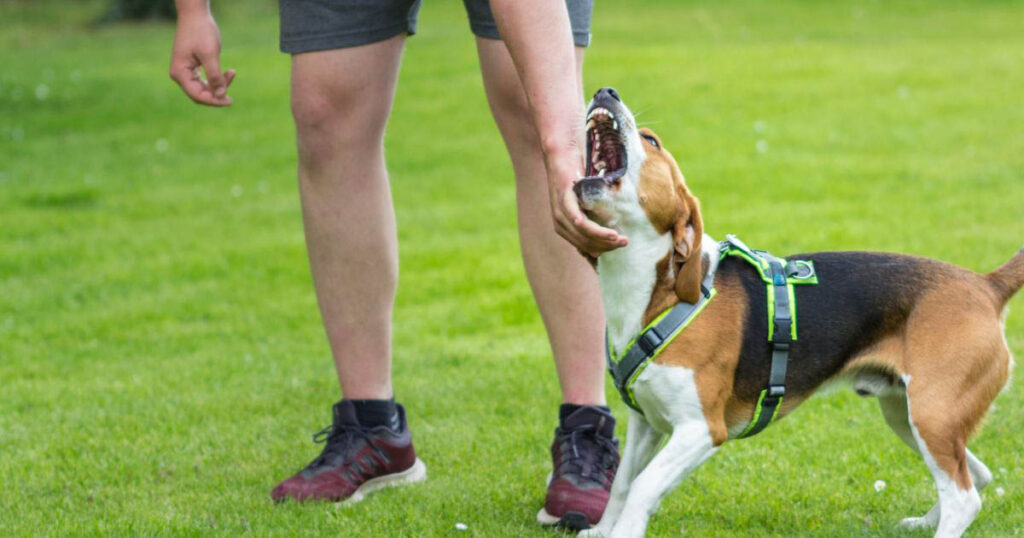The Top 5 Signs of Aggression in Dogs Every Owner Should Know
Introduction
Aggression in dogs is a complex concern from different aspects: concern, territoriality, source protection, or even clinical problems. While aggression is a natural behavior in dogs, it can become troublesome and possibly harmful, otherwise appropriately managed. Identifying the indications of aggression and using reliable training methods are vital in ensuring the health of your pet dog and those around them. This is where Confident K9 takes action, using thorough remedies for managing dogs aggression.
Acknowledging Signs of Aggression
Recognizing the signs of aggression is the very first step in the direction of resolving the problem. Hostile actions in dogs can manifest in several means, including:
1. Growling and Snapping: This is among the most typical indications of aggression. Dogs might growl or break when they feel intimidated or attempt to assert prominence.
2. Barking and Lunging: Dogs might bark aggressively and lunge towards individuals or other pets, specifically when on strolls or in unfamiliar circumstances.
3. Baring Teeth: When a pet shows its teeth, it’s a clear sign of aggression and a warning signal that must not be disregarded.
4. Tight Body Movement: When feeling aggressive, dogs may show tight body language, elevated feathers, and a tense posture.
5. Attacking: Aggressive habits can intensify to attacking if not resolved immediately. It’s necessary to look for specialist aid if your canine has attacked a person or displays a tendency to attack.
Training Techniques with Confident K9
Confident K9 offers a range of training techniques to resolve aggression in dogs effectively. These techniques focus on favorable reinforcement, building trust, and modifying habits through consistent training. Below are some vital methods:
1. Behavioral Analysis: Confident K9 starts by performing a detailed behavioral evaluation of the pet dog to identify the underlying causes of Aggression in Dogs. This aids in customizing the training program to address detailed issues effectively.
2. Positive Support: Training with positive support includes gratifying wanted habits with treats, appreciation, or playthings. This technique helps reinforce good behavior and motivates dogs to duplicate it.
3. Desensitization and Counterconditioning: Desensitization entails slowly subjecting the pet dog to the trigger of Aggression in Dogs in a controlled setting. In contrast, counterconditioning focuses on transforming the pet’s emotional response to the trigger by connecting it with something favorable.
4. Obedience Training: Standard obedience training, such as instructing commands like “sit,” “remain,” and “leave it,” can help establish limits and control over the pet’s actions.
5. Uniformity and Patience: Consistency is vital to successful training. Owners must remain client and devoted to the procedure, as action modification takes time and initiative.
6. Monitoring Techniques: Confident K9 likewise offers proprietors administration methods to avoid circumstances that might set off Aggression in Dogs, such as using a muzzle or leash in public settings.

Guaranteeing Your Pet’s Wellness
At Confident K9, the best objective is to ensure the canine’s and its owners’ wellness. By addressing aggression through positive reinforcement and efficient training strategies, proprietors can develop a risk-free and harmonious environment for their pets. Furthermore, seeking professional aid from skilled instructors can offer invaluable assistance and advice in handling Aggression in Dogs efficiently.
Holistic Method to Training
Confident K9 adopts an alternative training strategy that goes beyond attending to the symptoms of aggression to address the underlying reasons. This includes producing a comprehensive training strategy that integrates behavioral alteration methods, environmental management, and recurring support for both the dogs and its owners.
1. Therapy: Using positive support techniques, trainers customize the pet’s actions by gratifying tranquility and non-aggressive reactions to triggers. This may include teaching alternate actions incompatible with aggression, such as sitting or focusing on the proprietor.
2. Owner Education And Learning: Education and learning are critical elements of Confident K9’s approach. Trainers work closely with owners to help them recognize their canine’s behavior, acknowledge early warning signs of aggression, and discover effective interaction and handling strategies.
3. Follow-Up Support: Training continues once the sessions are full. Confident K9 supplies recurring support and guidance to ensure that proprietors remain to strengthen favorable habits and attend to any challenges that arise.
Conclusion
Aggression in dogs is a major concern that needs careful interest and correct management. Acknowledging the signs of aggression and employing efficient training strategies are important in resolving these actions. With Confident K9’s thorough handling of aggression, proprietors can help their pet dogs conquer behavioral difficulties and lead fulfilling lives.



Leave a Comment